Preperation for painting the outside of my house.
happycthulhu
17 years ago
Related Stories
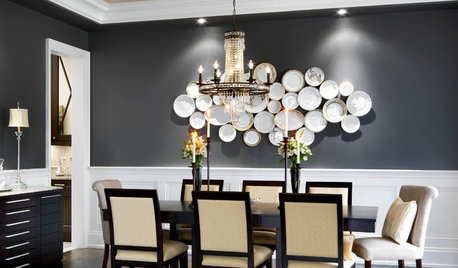
SHOP HOUZZShop Houzz: Wall Decor Beyond Paintings and Prints
Think outside the 2-dimensional box with sculptures, greenery and other less expected art
Full Story
WORKING WITH PROSHow to Work With a House Painter
A professional house painter may be your best friend for refreshing rooms. Here's what you need to know to get the best result
Full Story
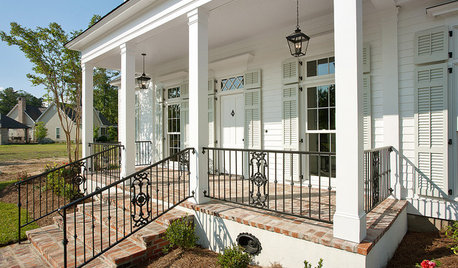
EXTERIORSTake It Outside: How to Use White on Your Home’s Exterior
The right shade of white on walls or just trim will make your house look crisp and clean
Full Story
LIFE7 Things to Do Before You Move Into a New House
Get life in a new house off to a great start with fresh paint and switch plates, new locks, a deep cleaning — and something on those windows
Full Story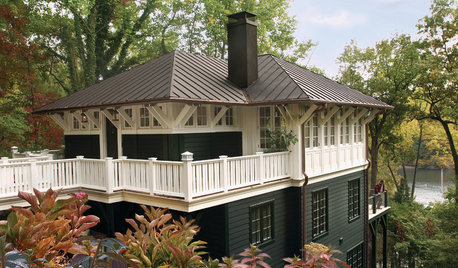
HOUZZ QUIZHouzz Quiz: What Color Should You Paint Your House?
Is white right? Maybe dark blue-gray? Take our quiz to find out which color is best for you and your home
Full Story
EXTERIORSHelp! What Color Should I Paint My House Exterior?
Real homeowners get real help in choosing paint palettes. Bonus: 3 tips for everyone on picking exterior colors
Full Story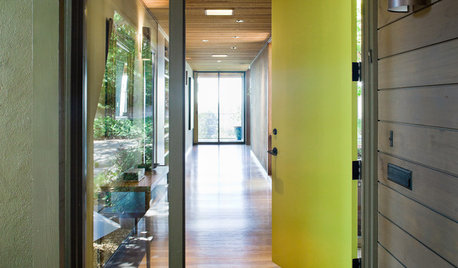
CURB APPEAL5 Bright Palettes for Front Doors
Splash bold green, blue, orange or red on your front door, then balance it with a more restrained hue on the rest of the house
Full Story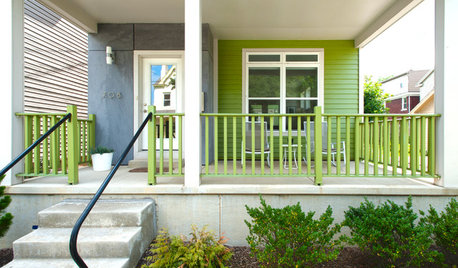
EXTERIOR COLORThe Joyful Exterior: Perk Up Curb Appeal With a Splash of Green
You may not want to douse your whole house with it, but green can work wonders as an exterior accent color
Full Story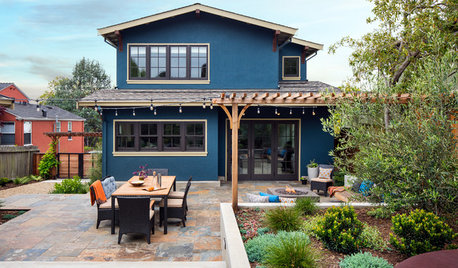
LANDSCAPE DESIGNHow to Make Your Painted or Stained House Feel at Home in the Landscape
Use color and texture to create a pleasing connection between your house and garden
Full Story

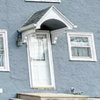



jim4safety
housekeeping
Related Professionals
Bartlett Painters · Dumont Painters · Ferndale Painters · Spartanburg Painters · Martinsville Painters · Fairfax Handyman · Tacoma Cabinets & Cabinetry · Wilkinsburg Cabinets & Cabinetry · University City Flooring Contractors · ‘Ewa Beach Flooring Contractors · Louisville Flooring Contractors · Napa Flooring Contractors · Palm Valley Flooring Contractors · Pasadena Flooring Contractors · Englewood Flooring ContractorsMichael
Faron79
rosesr4me
AMRadiohead3885